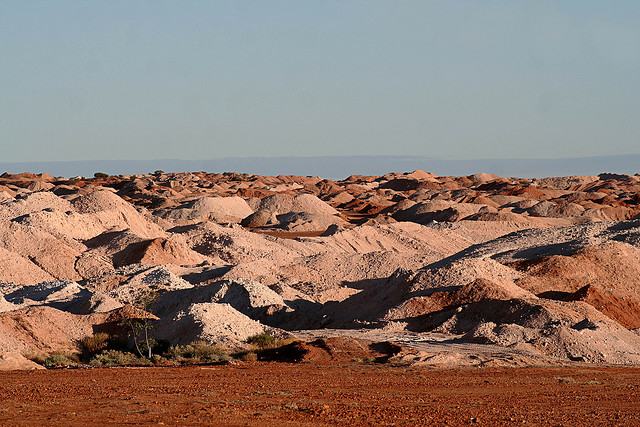Ever since China’s demand for commodities intensified around 1999, its increased reliance on imported energy and minerals has underpinned Australia’s boom in the natural resources industry. Naturally, as China’s import growth has recently slowed, materials and energy sector firms in both Australia and New Zealand have grown cautious about their business prospects.
As a result, some mining companies are now looking into programs to reduce their operating costs such as driverless trucks to haul such resources as iron ore. Some companies are seeking to cut capital expenditure and exploration budgets by as much as 25% this year. In March, I met more than two dozen companies from Australia and New Zealand. A common theme among them all was how the economic rotation in China is impacting their economies.
But despite the potential slowdown in commodity investment, the economies of Australia and New Zealand appear well-placed given a pickup in other sectors such as housing and tourism. Trade with China is no longer just a resources story.
Big cities, such as Auckland, Melbourne and Sydney, have witnessed such a surge in demand from buyers in Asia that fears of a housing bubble have been sparked. Home prices in major Australian cities rose 9.8% in 2013, the fastest calendar-year growth since 2009, according to the RP Data-Rismark Home Value index. Home prices in Australia have reached all-time highs as measured by household income, and New Zealand also ranks high among pricey real estate markets.
Chinese vacationers have also been reinvigorating tourism Down Under. Visitors from mainland China have been growing at a double-digit pace, and some economists estimate that if the current pace of tourism continues, China could surpass neighboring New Zealand as Australia’s primary source of visitors. A growing class of more affluent travelers is emerging not only from China but all over Asia, eager to travel abroad. Apparently the lure of a pollution-free holiday spent in the lush, unspoiled outdoor beauty of Australia and New Zealand is a strong one for Chinese tourists. In a recent survey by the China Tourism Academy, Chinese tourists ranked New Zealand as the most desirable travel destination out of a survey of 22 locales (Australia placed 4). To boot, New Zealand has plans to open a world class exhibition, casino and hotel project in Auckland that is expected to draw Chinese tourists after its scheduled 2016 opening.
In addition to revenues directly tied to tourism, Australia has also benefited from investment in the hospitality sector; Hong Kong and mainland Chinese investors accounted for 18% of those investments in 2013.
Australia and New Zealand may not have traditionally been thought of as part of Asia. In the recent past, they may have been seen more as just derivatives of Asia’s demand for commodities. But to assume that their relationship to Asia depends only on the commodity-intensive growth of the past is to ignore the attractions that these two countries hold for Asia’s rising middle class. Tourism is but one example of the growth opportunities we find.
Opinion column by Tarik Jaleel, CFA. Research Analyst, Matthews Asia
The views and information discussed represent opinion and an assessment of market conditions at a specific point in time that are subject to change. It should not be relied upon as a recommendation to buy and sell particular securities or markets in general. The subject matter contained herein has been derived from several sources believed to be reliable and accurate at the time of compilation. Matthews International Capital Management, LLC does not accept any liability for losses either direct or consequential caused by the use of this information. Investing in international and emerging markets may involve additional risks, such as social and political instability, market illiquidity, exchange-rate fluctuations, a high level of volatility and limited regulation. In addition, single-country funds may be subject to a higher degree of market risk than diversified funds because of concentration in a specific geographic location. Investing in small- and mid-size companies is more risky than investing in large companies, as they may be more volatile and less liquid than large companies. This document has not been reviewed or approved by any regulatory body.

